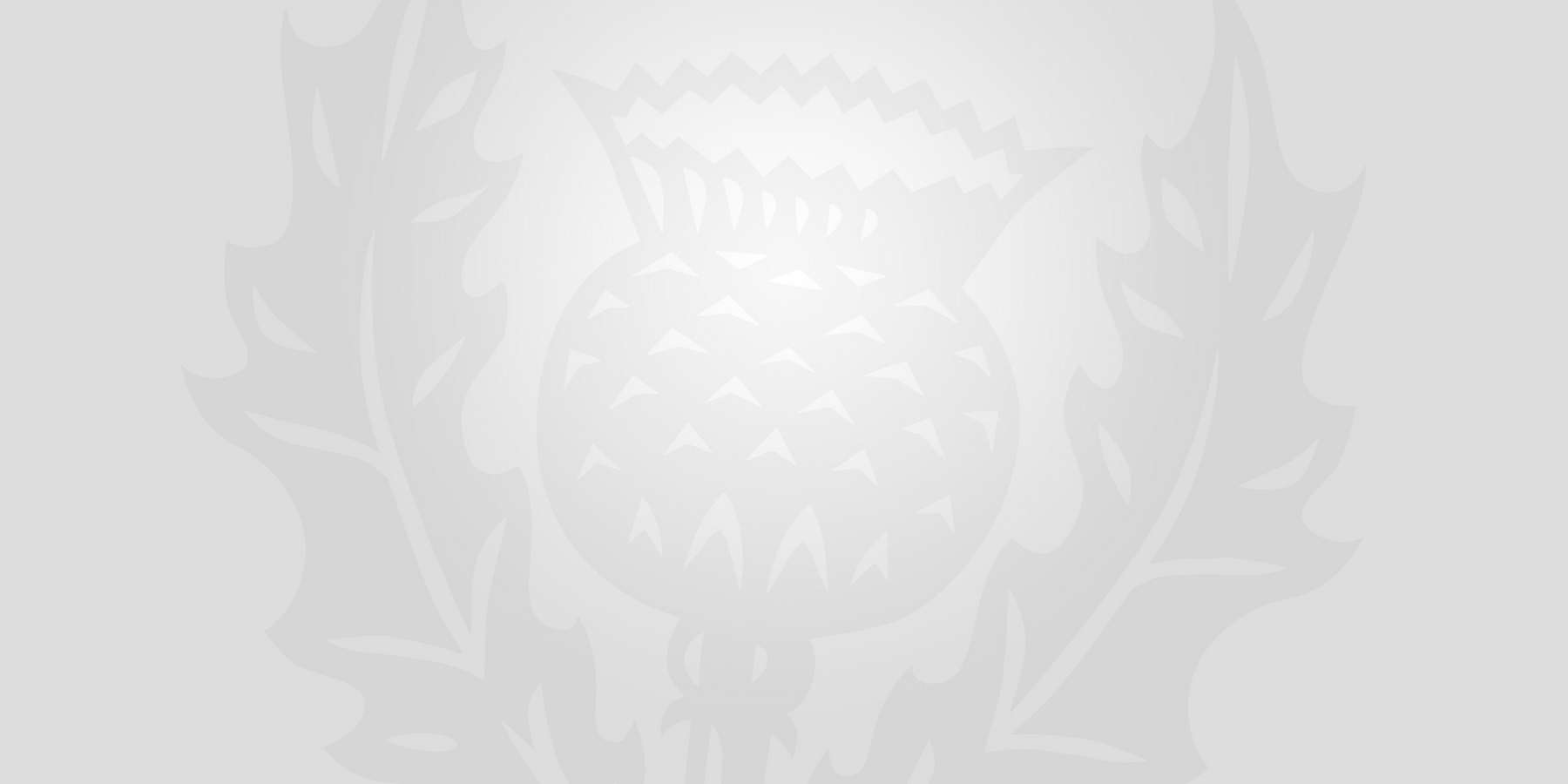Primary Years Programme (PYP)
Time for reflection: Assessment of student learning
The assessment of the development and learning of young students is an essential component of the curriculum. It helps to inform continued development, teaching and learning.
In Junior School, the boys are continually observed in a variety of situations, with a wide range of assessment strategies across the school. We use both formative (assessment for learning) and summative (assessment of learning) methods. These methods include reflective practices (assessment as learning) to ensure the boys become aware of what they learn, how they learn and what helps them to learn.
Formative assessments provide information that is used in order to plan the next stage in learning. They are interwoven with learning, and help teachers and students find out what the students already know and can do. Formative assessments aim to promote learning by giving regular and frequent feedback in order to adjust ongoing teaching and learning. Summative assessments are an evaluation of learning that summarise a student's performance at a particular time. The focus is to assess the outcome/s of the learning.
Assessment in the classroom may include:
• using representative examples of students' work or performance to provide information about student learning
• collecting evidence of students' understanding and thinking
• documenting learning processes of groups and individuals
• engaging students in reflecting on their learning
• students assessing work produced by themselves and by others
• developing clear rubrics
• identifying exemplar student work
• keeping records of assessment results
Kathy Derrick
Deputy Head of Junior School - Curriculum


